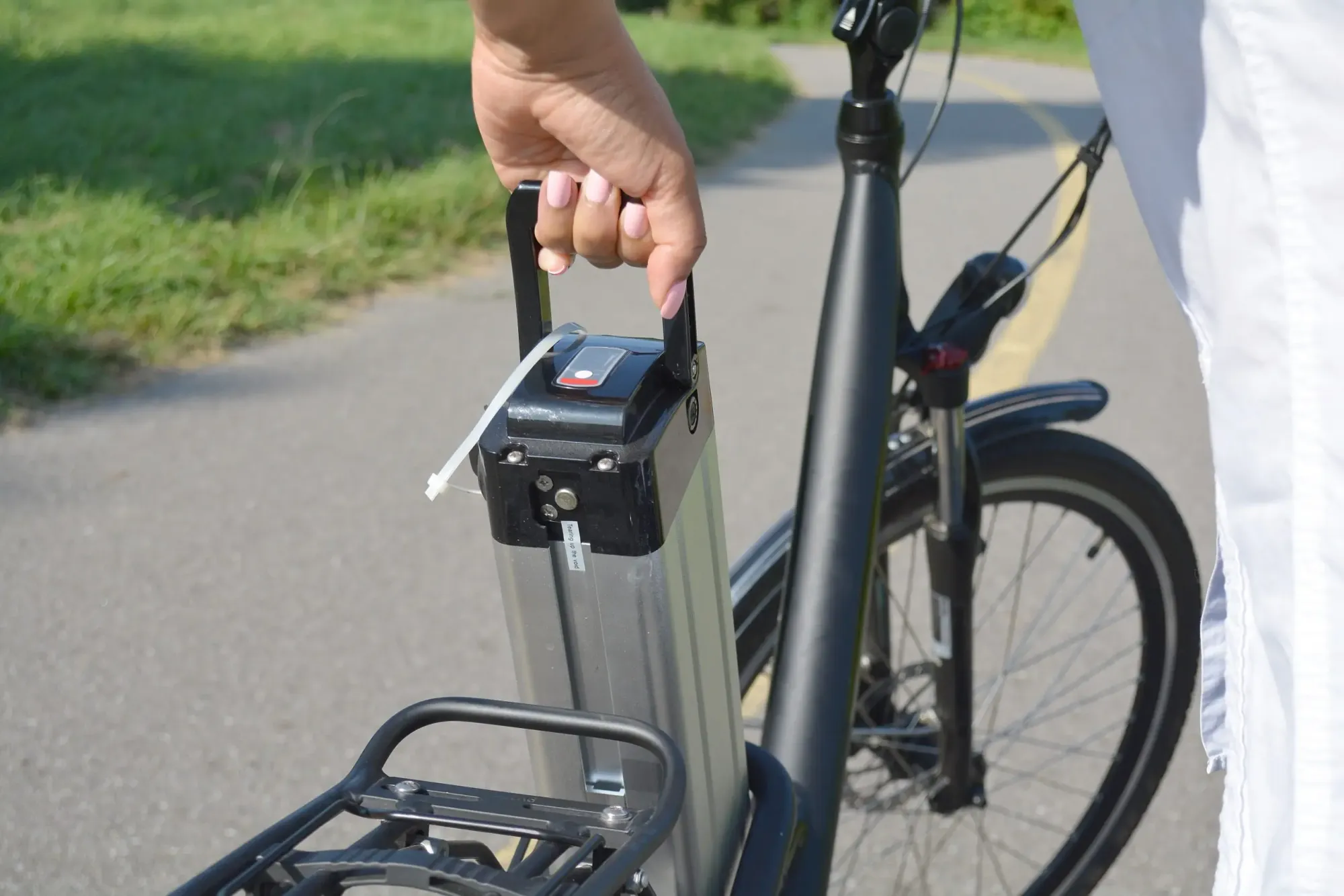The Evolution of E-Bike Batteries
This blog explores the historical perspective on how safety regulations and technology for e-bike batteries have evolved, shedding light on the progress and future directions in this vital area.


As the popularity of electric bikes (e-bikes) has surged over the past few decades, so too has the importance of understanding and improving the safety of their batteries. E-bike batteries, primarily lithium-ion, are crucial to the functionality and safety of these modern vehicles. However, the evolution of these batteries has been marked by significant advancements in technology and safety standards. This blog explores the historical perspective on how safety regulations and technology for e-bike batteries have evolved, shedding light on the progress and future directions in this vital area.
Early Days of E-Bike Batteries: The Beginnings

The concept of electric bicycles dates back to the late 19th century, but it wasn’t until the late 20th and early 21st centuries that e-bikes began to gain mainstream traction. Early e-bike batteries were typically lead-acid or nickel-cadmium (NiCd) types, both of which had their own safety and performance limitations.
Lead-acid batteries, while inexpensive, were bulky, heavy, and had a relatively short lifespan. They also had concerns regarding environmental impact due to lead content. Nickel-cadmium batteries, though lighter and more durable, suffered from memory effect issues and contained toxic cadmium. Safety standards were minimal, and the technology was still evolving. Battery failures were more common, and the industry was learning from these early challenges.
The Rise of Lithium-Ion Batteries
The late 1990s and early 2000s marked a pivotal shift with the introduction of lithium-ion (Li-ion) batteries. These batteries quickly became the standard for e-bikes due to their superior energy density, lighter weight, and longer lifespan compared to their predecessors. However, their introduction also brought new safety challenges.
Lithium-ion batteries are known for their high energy density, which translates to longer riding ranges for e-bikes. However, they are also prone to thermal runaway—a condition where a battery overheats and can catch fire or explode. The rise of Li-ion batteries necessitated the development of more stringent safety standards and technologies to address these risks.
Developing Safety Standards: The 2000s and Early 2010s
As the e-bike market expanded, so did the awareness of battery safety issues. In response, various international safety standards and regulations began to take shape.
- UL 2054 and UL 2271: In the early 2000s, Underwriters Laboratories (UL) developed safety standards specifically for batteries, including the UL 2054 standard for household and commercial batteries and the UL 2271 standard for batteries used in light electric vehicles. These standards focus on battery performance, safety, and reliability, providing guidelines for manufacturers to ensure their products meet rigorous safety criteria.
- CE Marking: In Europe, the CE marking became a crucial indicator of compliance with health, safety, and environmental protection standards. E-bike manufacturers needed to ensure their batteries met CE requirements to be sold in the European market.
- ISO 9001: The International Organization for Standardization (ISO) introduced ISO 9001, which set standards for quality management systems. While not battery-specific, ISO 9001 helped manufacturers improve overall product quality, including battery safety.
Advancements in Battery Technology and Safety: The Mid-2010s to Present
The mid-2010s saw significant advancements in e-bike battery technology and safety. The industry began to prioritize battery management systems (BMS), which play a crucial role in ensuring battery safety.
- Battery Management Systems (BMS): A BMS is an electronic system that manages a rechargeable battery by monitoring its state, controlling its environment, and balancing its cells. It protects the battery from overcharging, deep discharging, and overheating. The integration of BMS technology significantly improved battery safety and longevity.
- Thermal Management: Modern e-bike batteries incorporate advanced thermal management systems to prevent overheating. This includes heat dissipation mechanisms, such as thermal pads and cooling fins, to maintain optimal operating temperatures.
- Advanced Cell Chemistry: Research into battery cell chemistry has led to the development of safer and more efficient lithium-ion variants, such as lithium iron phosphate (LiFePO4) batteries. These batteries offer improved thermal stability and safety compared to traditional lithium cobalt oxide cells.
- Smart Battery Technology: The latest e-bike batteries feature smart technology that includes sensors and communication systems to provide real-time data on battery health and performance. This technology allows for better monitoring and maintenance, further enhancing safety.
Regulatory Framework and Industry Initiatives
As technology advanced, so did regulatory frameworks and industry initiatives to ensure safety standards were met. Organizations and regulatory bodies have worked to develop comprehensive safety standards and guidelines.
- UN38.3: The United Nations’ Transport of Dangerous Goods (UN38.3) regulation sets standards for the safe transport of lithium batteries. Compliance with UN38.3 ensures that e-bike batteries are tested and meet safety criteria for shipping and handling.
- National Fire Protection Association (NFPA): The NFPA has developed standards for the safe use and handling of lithium-ion batteries, including those used in e-bikes. These standards address issues such as fire hazards and emergency response.
- Industry Certifications: Various industry certifications, such as the International Electrotechnical Commission (IEC) standards, have been developed to ensure that e-bike batteries meet global safety and performance requirements.
Looking Forward: The Future of E-Bike Battery Safety
The evolution of e-bike battery technology and safety standards is ongoing. As the e-bike industry continues to grow, several trends are likely to shape the future of battery safety.
- Solid-State Batteries: Solid-state batteries, which use a solid electrolyte instead of a liquid one, promise to offer higher energy density and enhanced safety compared to traditional lithium-ion batteries. These batteries are less prone to leakage and thermal runaway, making them a promising future technology.
- Recycling and Sustainability: As e-bike batteries become more prevalent, the focus on recycling and sustainability will increase. Advances in battery recycling technologies will play a crucial role in reducing environmental impact and ensuring safe disposal.
- Enhanced Safety Protocols: Ongoing research and development will likely lead to even more advanced safety protocols, including improved battery designs, better thermal management systems, and more sophisticated BMS technologies.
Conclusion
The evolution of e-bike batteries reflects a journey from rudimentary technology to sophisticated, high-performance systems with robust safety standards. From the early days of lead-acid and nickel-cadmium batteries to the modern era of lithium-ion and beyond, advancements in technology and safety regulations have made e-bikes safer and more reliable. As the industry continues to innovate, the focus on battery safety will remain paramount, ensuring that e-bike enthusiasts can enjoy their rides with confidence and peace of mind.